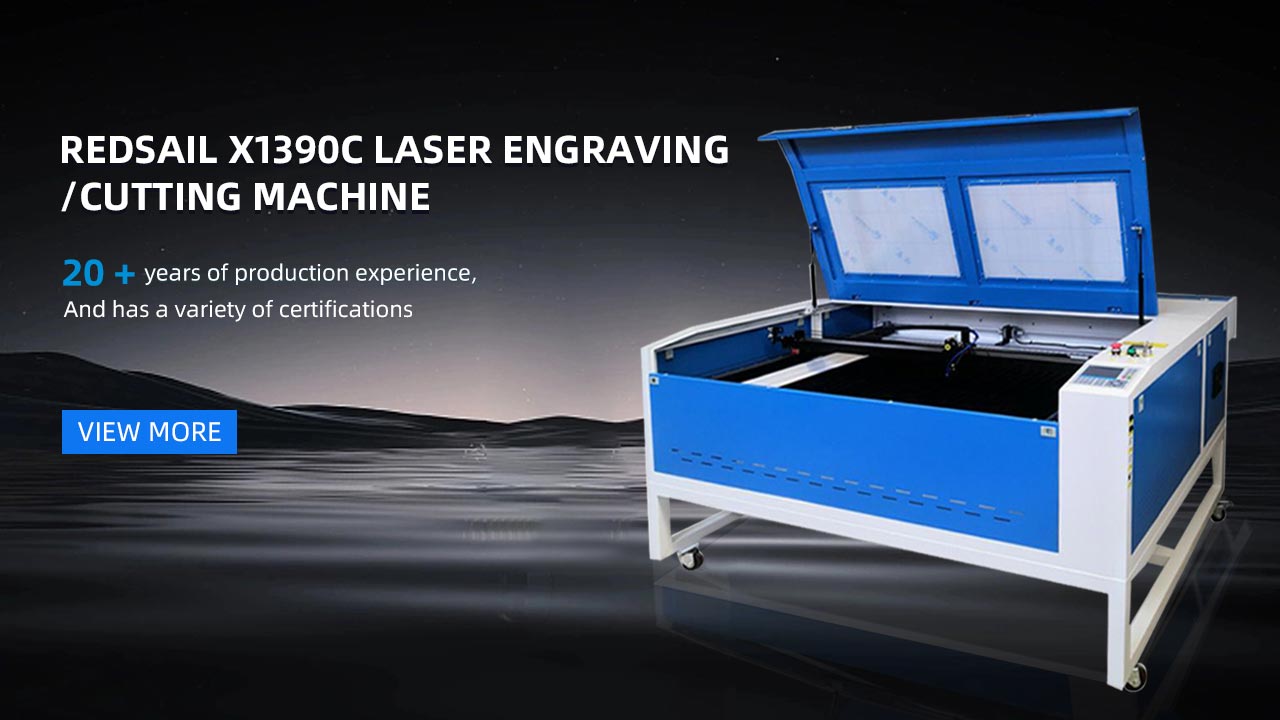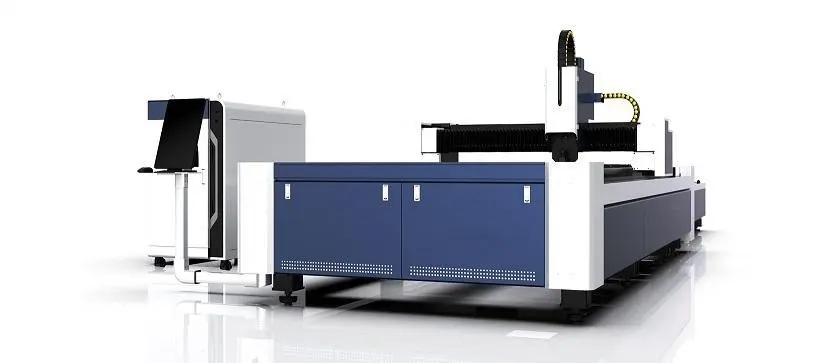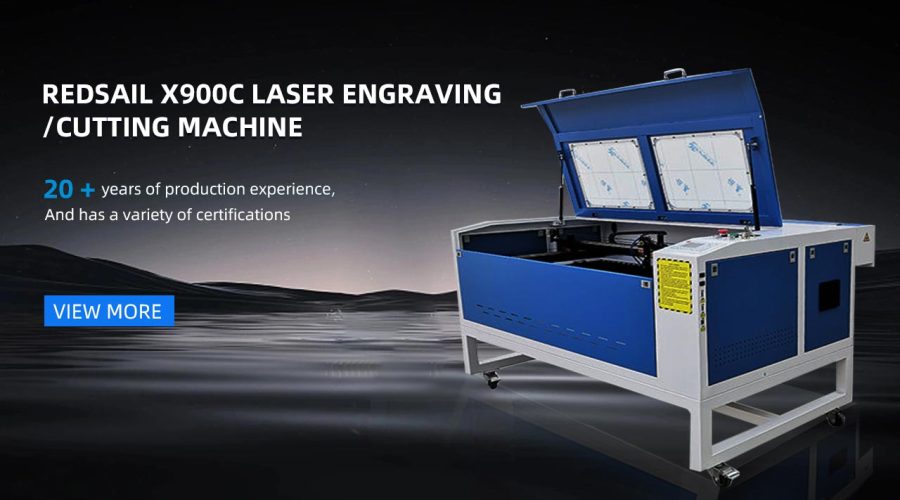Is CO2 Laser Cutter the Ultimate Solution for India’s Cutting Needs?
Introduction
India, with its diverse manufacturing and industrial sectors, continually seeks innovative solutions to meet its cutting needs efficiently. One technology that has gained significant attention in recent years is the CO2 laser cutter. With high precision and versatility, CO2 laser cutters offer numerous advantages that make them a potential ultimate solution for India’s cutting requirements.
Advantages of CO2 Laser Cutters
CO2 laser cutters utilize a focused laser beam generated from a carbon dioxide gas mixture. This concentrated light beam enables the cutter to perform a wide range of cutting tasks with exceptional precision and speed. Here are some crucial advantages of CO2 laser cutters:
1. Versatility
CO2 laser cutters are capable of cutting various materials, including metals, plastics, woods, fabrics, and more. This versatility allows different industries, such as automotive, textile, electronics, and signage, to benefit from a single cutting tool for a wide range of applications.
2. Precision
The laser beam produced by CO2 laser cutters is incredibly precise, enabling users to achieve intricate and accurate cuts. This precision ensures minimal material wastage, leading to cost and time savings for businesses. Additionally, CO2 laser cutters offer high repeatability, ensuring consistent results in large-scale production.
3. Speed
CO2 laser cutters can operate at high speeds, significantly reducing overall cutting time. This feature is especially beneficial for India’s manufacturing sector, where optimizing production efficiency is crucial to meet market demands and deadlines.
4. Non-Contact Cutting
CO2 laser cutters use a non-contact cutting method, meaning the laser beam does not physically touch the material being cut. This eliminates the risk of material damage or contamination caused by traditional cutting tools such as blades or drills. Non-contact cutting also allows piercing through delicate materials without causing any deformation.
5. Automation Integration
CO2 laser cutters can effortlessly integrate with automation systems and computer-aided design (CAD) software. This integration enables precise and automated cutting processes, reducing dependency on manual labor and increasing overall productivity.
CO2 Laser Cutter Applications in India
The versatility and advantages of CO2 laser cutters make them highly applicable across various industries in India. Some notable applications include:
1. Textile and Apparel
CO2 laser cutters are widely used in the textile and apparel industry for fabric cutting, leather engraving, and appliqué work. The precision and speed offered by CO2 laser cutters enable efficient production of intricate designs, patterns, and motifs.
2. Automotive Manufacturing
In the automotive sector, CO2 laser cutters are employed for precision cutting of sheet metals, rubber gaskets, and plastic components. These cutters ensure accuracy and high-quality finishes, supporting the industry’s demand for intricate and durable parts.
3. Signage and Advertisement
CO2 laser cutters are instrumental in the signage and advertisement industry for cutting acrylic sheets, vinyl graphics, and engraving signage materials. The ability to achieve complex shapes and designs makes CO2 laser cutters an ideal choice for creating eye-catching and customized signage.
4. Electronics Manufacturing
CO2 laser cutters are suitable for precise cutting of electronic components, such as printed circuit boards (PCBs), acrylic enclosures, and even smartphone screens. The accuracy and speed of CO2 laser cutters contribute to the quality and efficiency demanded in the electronics industry.
FAQs
Q1: What materials can a CO2 laser cutter work with?
A CO2 laser cutter can work with a wide range of materials, including metals, plastics, woods, fabrics, glass, and more. The versatility of CO2 laser cutters makes them suitable for various industries.
Q2: Is a CO2 laser cutter safe to use?
While CO2 laser cutters are generally safe to use, it is essential to follow safety guidelines and take proper precautions. These may include wearing protective eyewear, ensuring proper ventilation, and training operators to use the equipment correctly.
Q3: Can a CO2 laser cutter cut through thick materials?
CO2 laser cutters can effectively cut through a wide range of material thicknesses, depending on the power and focal length of the laser. However, for extremely thick or dense materials, alternative cutting methods might be more suitable.
Q4: Are CO2 laser cutters expensive?
CO2 laser cutters can vary in price depending on their power, cutting area size, and additional features. While they can be a significant investment, their long-term benefits, such as increased productivity and reduced material wastage, often justify the cost for businesses.
Q5: How does a CO2 laser cutter compare to other cutting technologies?
CO2 laser cutters offer unique advantages compared to other cutting technologies. They provide high precision, versatility, and non-contact cutting, which is beneficial for delicate materials. However, for specific applications, such as ultra-fast cutting or cutting extremely hard materials, alternative cutting technologies like waterjet or fiber laser may be more suitable.
Conclusion
The CO2 laser cutter presents great potential as the ultimate solution for India’s cutting needs. With its versatility, precision, speed, non-contact cutting, and integration capabilities, it offers significant advantages that cater to diverse industries. As the Indian manufacturing and industrial sectors continue to evolve, the adoption of CO2 laser cutters is expected to increase, contributing to greater efficiency and productivity.





